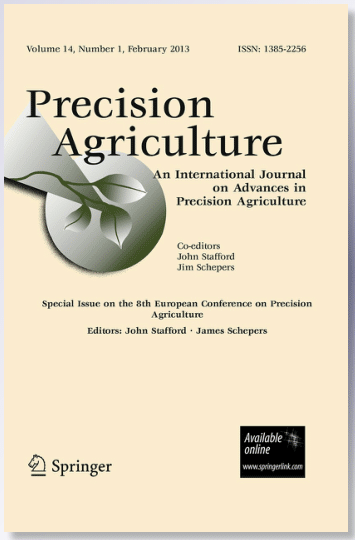Extracting the extent of wheat lodging is essential for post-disaster emergency response, disaster assessment, and accurate agricultural insurance claims. However, traditional methods for identifying lodged crops often lack flexibility, exhibit low levels of automation, and suffer from inefficiency.
This study proposes a rapid identification algorithm for wheat lodging, utilizing adaptive thresholding and a two-peak search of UAV imagery for reliable extraction of lodging regions. Initially, the red, green, and blue (RGB) visible band characteristics of UAV images after wheat lodging are analyzed. Subsequently, an Enhanced Wheat Lodging Index (EWLI) is proposed to quantitatively represent the lodging state. Second, a two-peak search dynamic thresholding algorithm, based on the square chunking of wheat lodging, is proposed to automatically determine thresholds for extracting winter wheat lodging regions.
Experimental results demonstrate that the Enhanced Wheat Lodging Index (EWLI) effectively represents wheat lodging, while the two-peak search dynamic thresholding algorithm achieves robust performance. The proposed method achieves an overall accuracy of 96%, an F1 score of 0.97, and a Kappa coefficient exceeding 0.95, surpassing the performance of the OTSU method (maximum inter-class variance) and the KSW method (maximum entropy) with global thresholding.
The proposed method is applicable to diverse wheat lodging scenarios and demonstrates robust stability in identification accuracy. Key advantages include lightweight modeling, adaptive threshold determination, and the elimination of human intervention, making it an efficient, reliable, and highly practical approach for wheat lodging monitoring.


